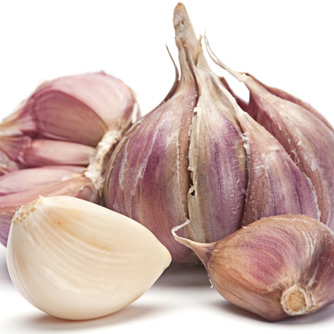by Maria Khalifé

There was a time in our civilization when eating was done only for survival. In our times, eating is so plentiful that it’s led to eating inappropriately, called emotional eating because we are angry, bored, stressed, frustrated, down in the dumps, watching TV, too busy, and not busy enough, getting together with friends. It’s no longer about survival; it’s about emotion these days which involves brain chemistry. Brain chemicals influence your emotions but your reason for eating as well, for example:
Norepinephrine: This is the fight-or-flight chemical.
Serotonin: This neurotransmitter makes you feel good and is targeted by antidepressants.
Dopamine: This is the built in pleasure and reward system. It’s keenly sensitive to addictions; because it helps you feel no pain.
GABA (gamma-aminobutyric acid): This amino acid anesthetizes you so that excess weight can disappear responsibly.
Nitric oxide: This neuropeptide helps calm you. It relaxes the blood vessels of the body.
Balancing these chemicals requires a balanced diet. But if you have a diet in which sugar predominates, for example, you’ve got a good chance for becoming addicted to serotonin.
If you become more aware of your emotions, and you work to eat a more-balanced choice from all of the food groups, your hormone level will stabilize and your desire to eat the wrong foods will automatically return to normal.
Here are some tips to help you achieve normalcy:
1. Use foods to your advantage. Foods have different effects on your mind and your digestive system. Try turkey to cut carb cravings. Turkey contains tryptophan, which increases serotonin to improve your mood and combat depression and helps you resist cravings for simple carbs. Try salmon for moods. Omega-3 fatty acids, which are found in certain fish (including salmon, canned tuna, halibut, and mahi-mahi), have long been known as brain boosters and cholesterol clearers, but they’ve also convincingly been shown to help with depression in pregnant women. Depression contributes to hedonistic and emotional eating.
2. Savor the flavor. If you’re going to eat something that’s bad for you, really get into enjoying it. Take a piece of dark (70% cocoa) chocolate, for example, to relieve stress and to reward yourself with something sweet. It’s OK to eat what you think of as “bad food” occasionally.
3. Get enough sleep. This can really help control appetite. If your body doesn’t get the seven to eight hours of sleep it requires each night, it has to find ways to compensate for neurons not secreting the normal amounts of serotonin or dopamine. And it does that by craving sugary foods that will give you an immediate release of serotonin and dopamine.
Use these tips to get your emotional eating under control and you’ll be on your way to a more balanced way of life.








 There was a time in our civilization when eating was done only for survival. In our times, eating is so plentiful that it’s led to eating inappropriately, called emotional eating because we are angry, bored, stressed, frustrated, down in the dumps, watching TV, too busy, and not busy enough, getting together with friends. It’s no longer about survival; it’s about emotion these days which involves brain chemistry. Brain chemicals influence your emotions but your reason for eating as well, for example:
There was a time in our civilization when eating was done only for survival. In our times, eating is so plentiful that it’s led to eating inappropriately, called emotional eating because we are angry, bored, stressed, frustrated, down in the dumps, watching TV, too busy, and not busy enough, getting together with friends. It’s no longer about survival; it’s about emotion these days which involves brain chemistry. Brain chemicals influence your emotions but your reason for eating as well, for example:
